Spring brings a literal and metaphorical breath of fresh air as the weather starts to warm after months of cooler temperatures. Along with warmer weather, flowers blooming, and more outdoor activities comes a slew of delicious foods. From in-season produce to fresh flavors that light up your taste buds, the light, zingy flavors of spring mimic the mood of the season.
Eating seasonally is also one of the best ways to stick to a budget, so take advantage of these nutrient-dense picks:
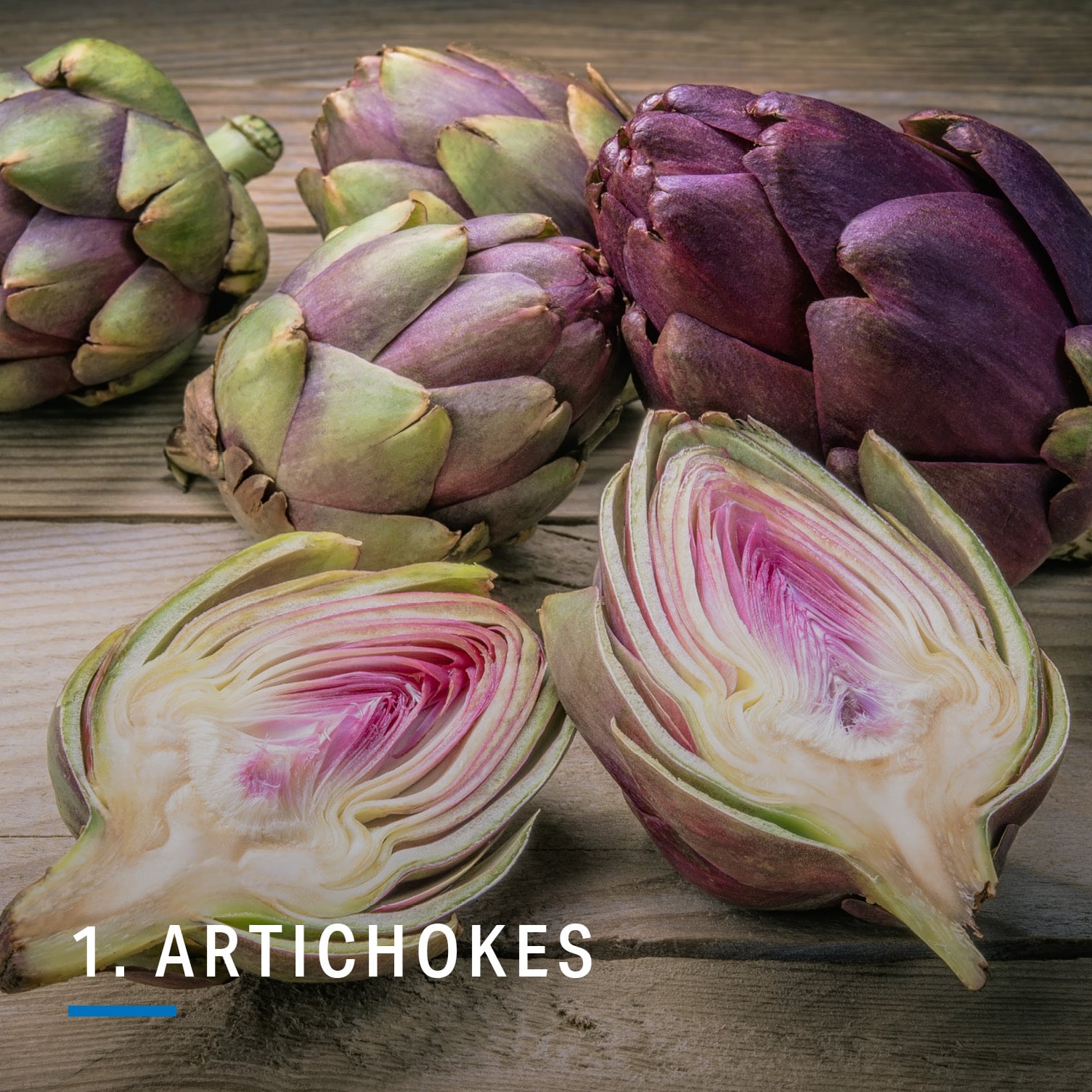
Artichokes peak between March and May. They turn soft when cooked and highlight a slightly nutty flavor, like that of asparagus. At about 50 cents each in peak season, they are full of fiber, antioxidants, vitamins C and K, plus folate. These nutrients work together to support heart health by lowering LDL or “bad” cholesterol and aiding platelets’ clotting ability.
Artichokes’ main claim to fame is the luscious, cheesy spinach and artichoke dip that’s a party favorite. But for a spring take on the vegetable, this baked ziti casserole and lemon chicken and artichoke skillet are great options.
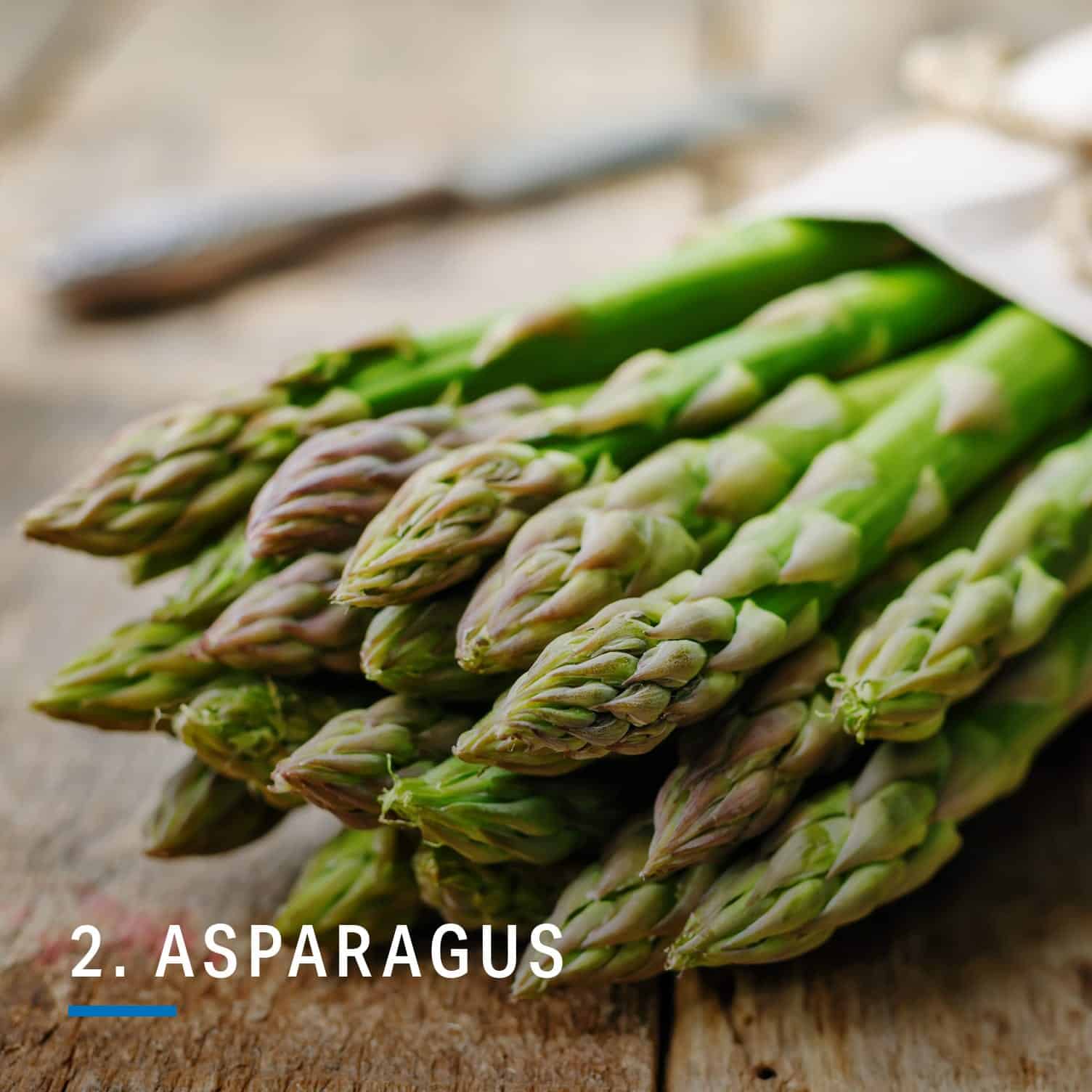
Asparagus is one of the most delectable, versatile vegetables spring has to offer. At less than $3 a bunch, asparagus contains vitamin A to promote eyesight and prevent cancer, vitamin K to bolster healthy bones and fend off heart disease, folate to support pregnancy, and insoluble fiber to improve digestive health.
Simply seasoning grilled asparagus with olive oil, salt and pepper is delicious. If you’re looking for something a bit more dynamic, though, try this asparagus pea pasta bowl or asparagus rice bowl with almond pesto.
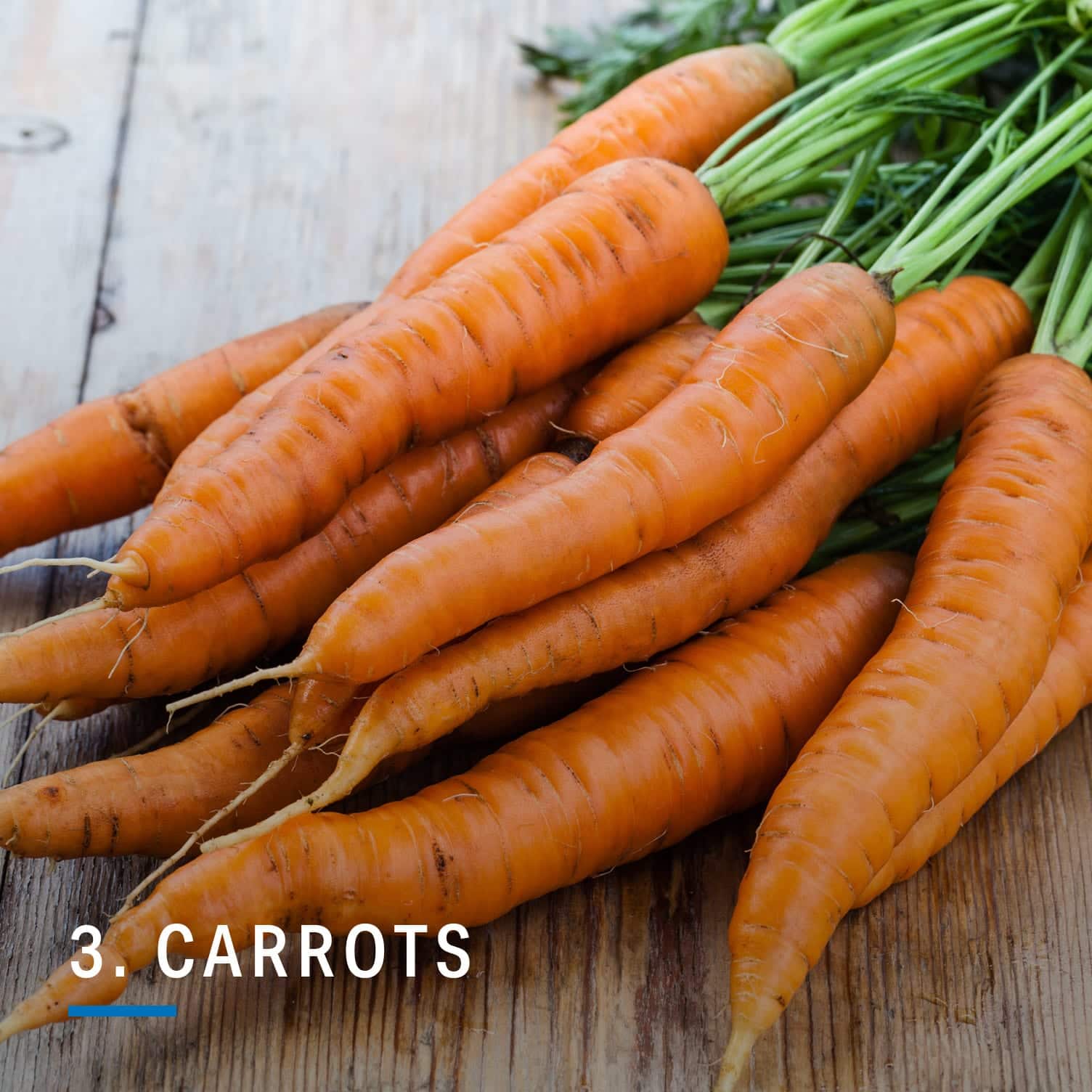
A 1-pound bag of carrots usually costs less than $1, and carrots’ fiber content makes them ideal for managing blood sugar. Additionally, carrots are rich in vitamin A, which promotes growth and development, vision and immune function. Vitamin A is a fat-soluble vitamin, so the body can absorb most of this nutrient when the carrots are cooked.
Carrots can be eaten alone, thrown into salads or entrees, or even made into desserts, as they caramelize when cooked. Some of our favorite recipes are quick and delicious roasted carrot butter, carrot cake breakfast bites and roasted carrot salad over wild rice.
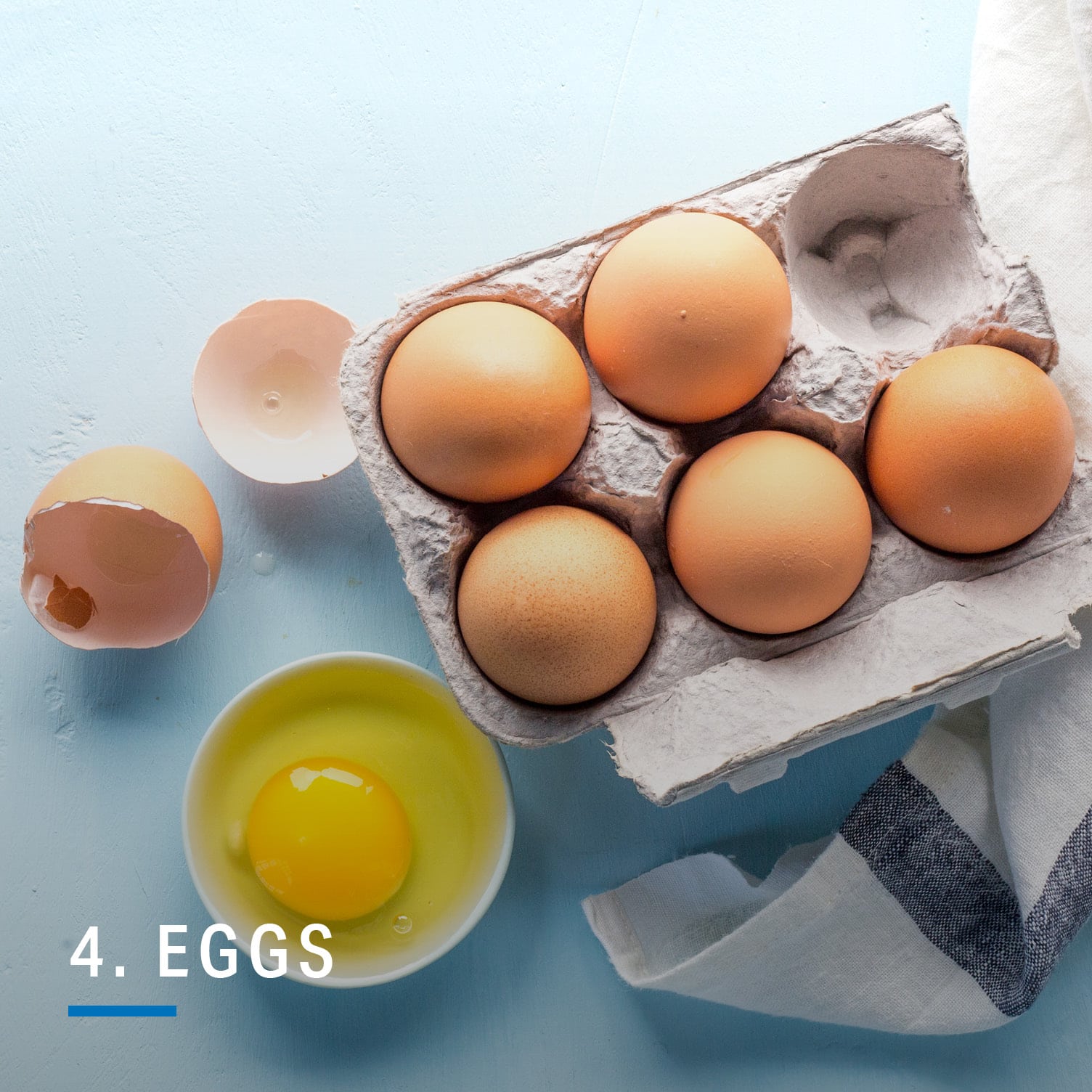
While eggs are available year-round, they are an easy protein to add to your spring recipes, especially for less than $2 per dozen. In addition to quality protein, eggs contain omega-3 fatty acids to boost brain health and fight inflammation. The fats in the yolk also enhance the absorption of fat-soluble vitamins and raise HDL or “good” cholesterol. Eggs are also rich in choline, which promotes cell function, fat metabolism, DNA synthesis and nerve health.
To get yourself in a spring mood, whip up this asparagus, scallion and red pepper frittata or make egg salad Provencal in lettuce wraps.

Limes are good for a lot more than just margaritas. They peak starting in May, which is later than the other spring produce on our list, but that date can vary depending on where you live. Limes are great low-calorie flavor boosters for whatever spring recipes you’re cooking. On top of that, they are rich in vitamin C, which is great for immunity and healthy skin, as well as citric acid, which can prevent kidney stones.
If you need a place to start, make this grilled honey lime chicken with cowboy caviar or these zesty key lime pie recovery bites.
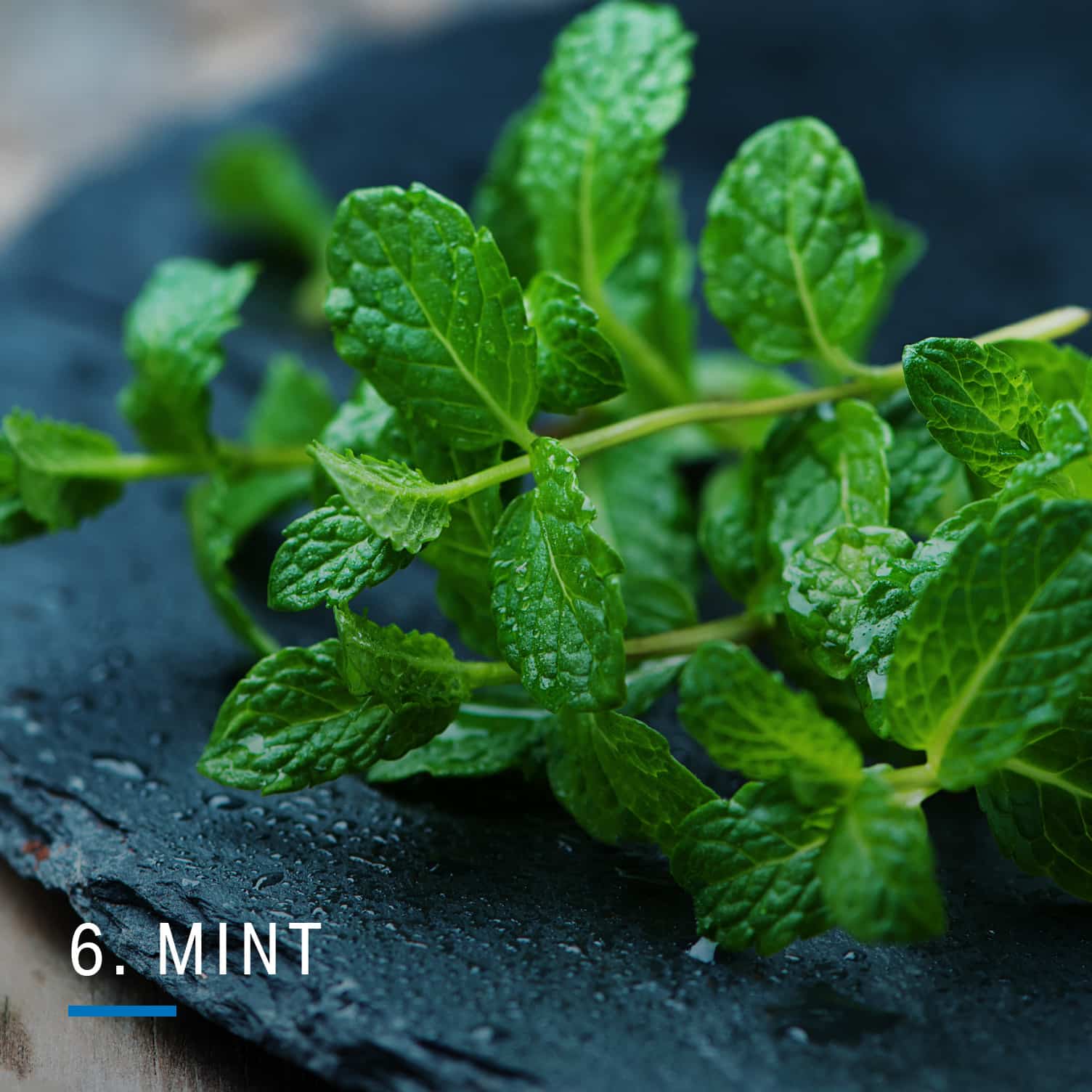
Fresh mint is the perfect herb to elevate spring dishes. While grocery stores sell mint for about $2 per small pack, you can grow it on your back porch for much cheaper. Mint has such a dynamic flavor, you only need a small amount even if you opt for the store-bought kind.
Beyond its glorious smell, mint’s natural oils help ease irritable bowel syndrome (IBS) and indigestion. For creative recipe ideas, try this lemony strawberry oat soak with kiwi mint, this mint chocolate chip smoothie bowl or this simple Vietnamese shrimp salad with mint chili dressing.

With its clean but earthy taste, fresh parsley is another herb that adds zest to various recipes, like those from Mediterranean cuisines, for about $1 per bunch. Each parsley leaf is an aromatic oil with fat-soluble vitamins A and K, as well as antioxidants like vitamin C to support immunity and heart health.
Try this broccoli quinoa tabouli, which incorporates plenty of veggies, or snack on green goddess hummus with crudites and crackers.

Rhubarb is a spring vegetable that costs around $3–4 per pound, and it’s an undercover nutritional powerhouse. Thanks to high vitamin K and calcium levels, rhubarb contributes to bone and heart health. Its high fiber content also aids digestion.
Ironically, rhubarb is treated more like a fruit than a vegetable. While rhubarb is naturally sour due to a high content of malic acid and oxalic acid, it is traditionally eaten in desserts, jams or even as an oatmeal topping.
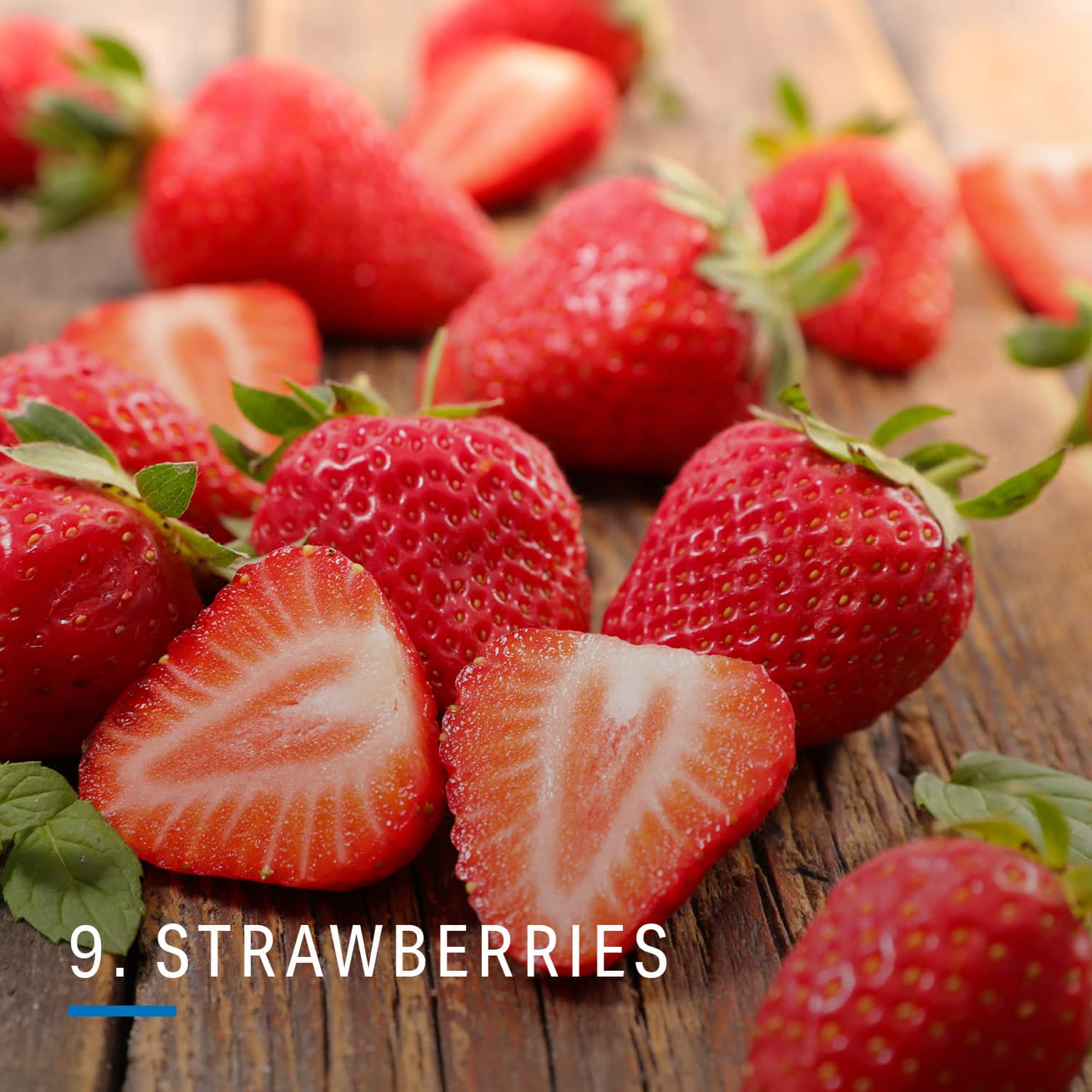
When strawberries are out of season, they can stretch the bank, but in the spring, you can find them for around $2.50 per pound. They’re low in calories and sugar compared to other fruits and get their color from flavonoids, which are powerful antioxidants. They’re also 91% water to support hydration and rich in potassium and magnesium to help keep blood pressure in check.
Add strawberries to desserts, smoothies, salads or just enjoy them out of the carton. For more creative ways to incorporate strawberries, try our oatmeal strawberry cookie pie, strawberry chia jam and cashew butter toast or strawberry salad with yuzu strawberry vinaigrette.
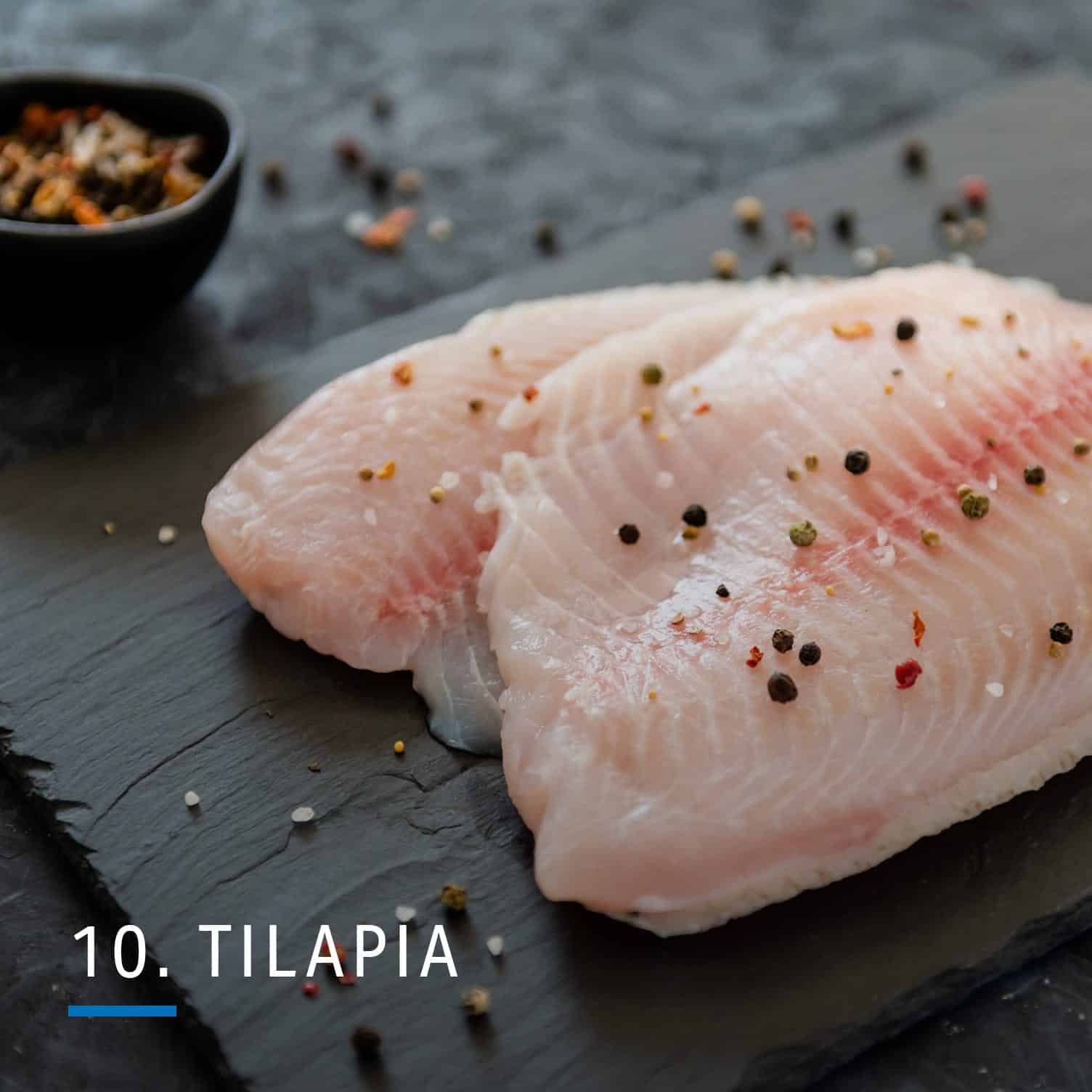
At about $6 for a 2-pound bag, tilapia is one of the most cost-effective seafood options out there. The white fish has a mild flavor, so it picks up whatever spring flavors (Hint: parsley and mint) you decide to dress it with.
While tilapia contains fewer omega-3’s per serving than salmon, it is comparable to that of catfish or shrimp. Tilapia also has 26 grams of protein per serving and is high in niacin, known to lower LDL and increase HDL cholesterol. It’s also high in vitamin B12, which promotes red blood cell formation and other metabolic processes.
Try these smoky tilapia tacos or use it instead of cod in this spring fish chowder.
Discover hundreds of healthy recipes — from high protein to low carb — via “Recipe Discovery” in the MyFitnessPal app.




